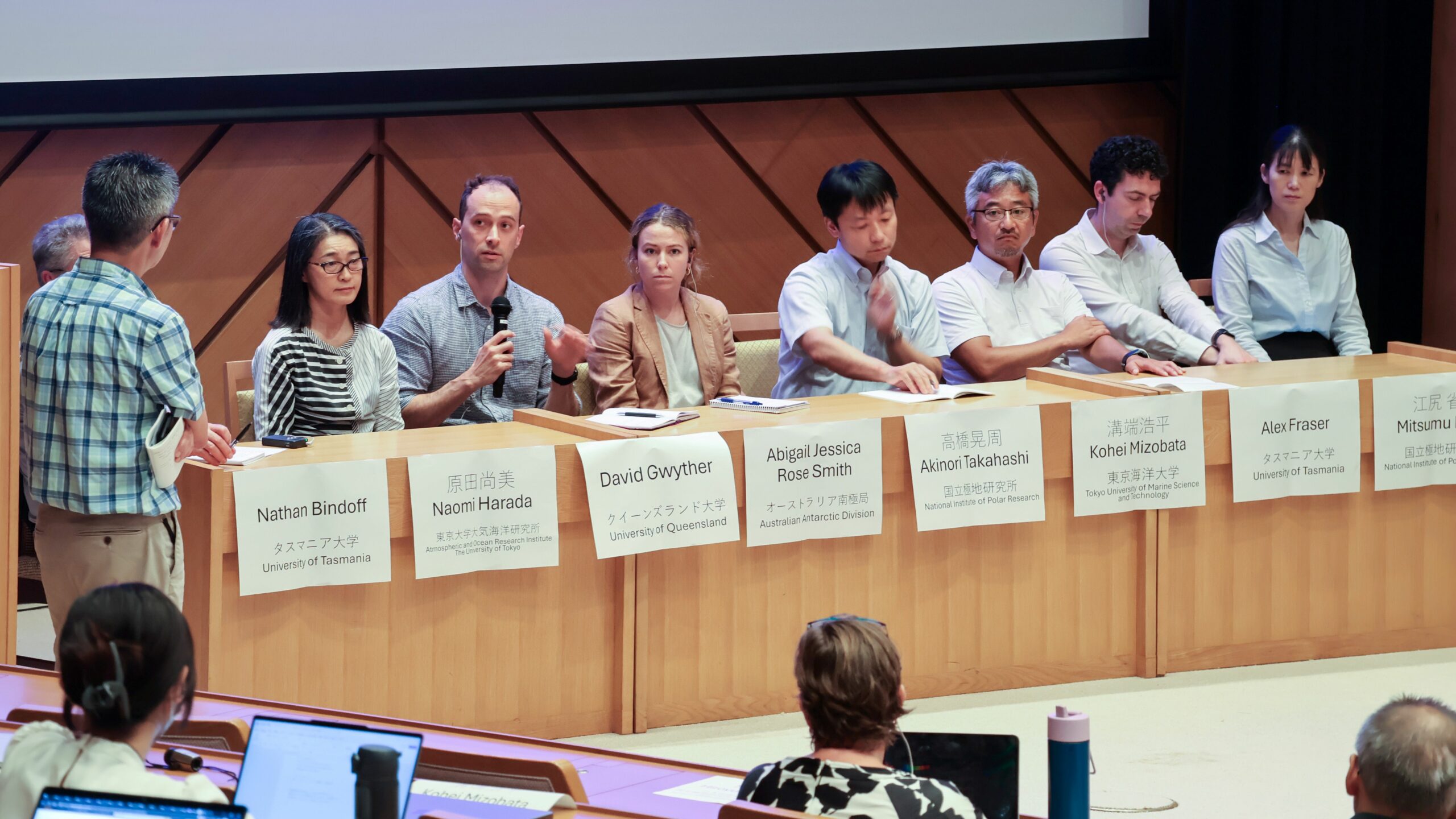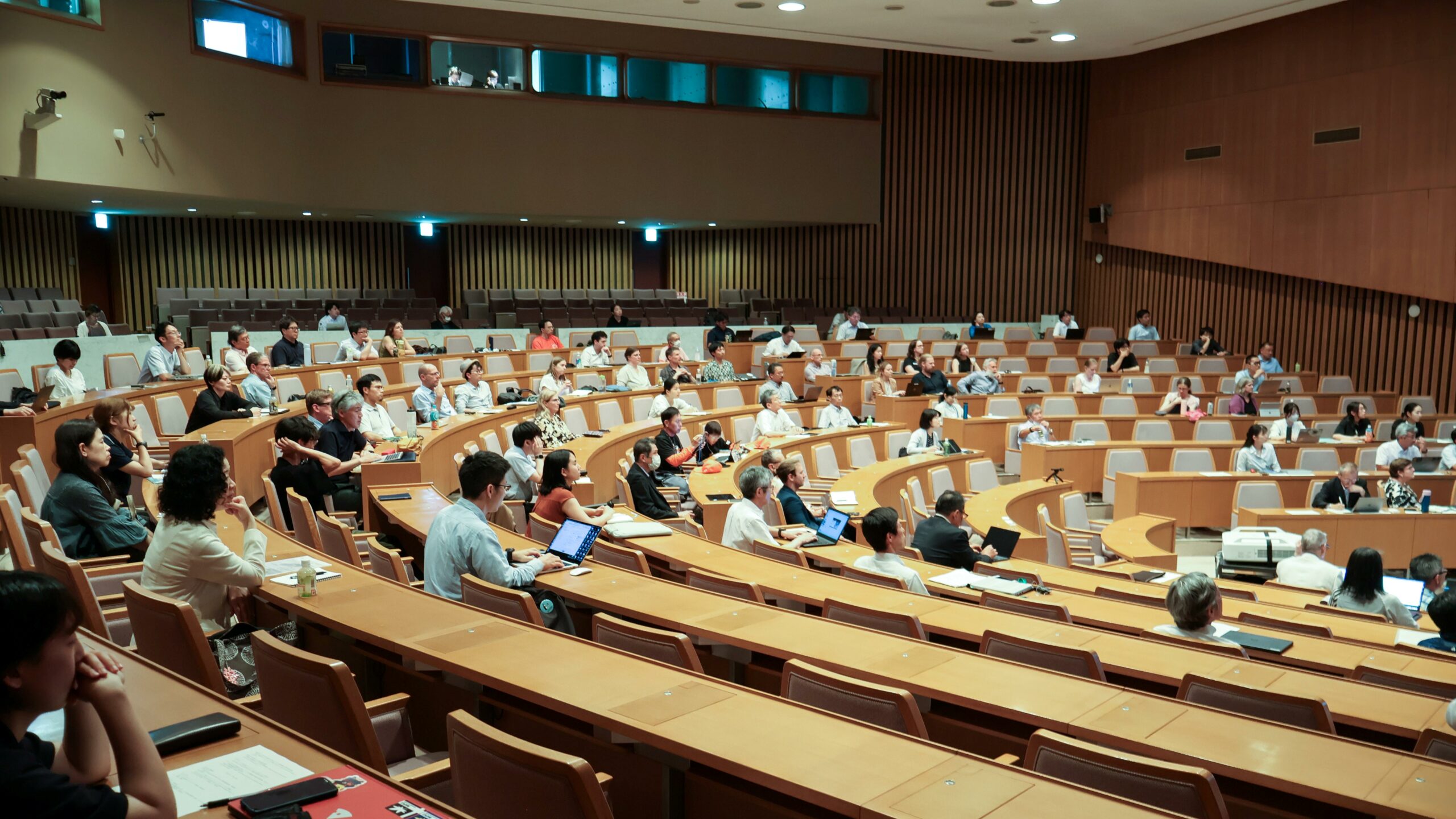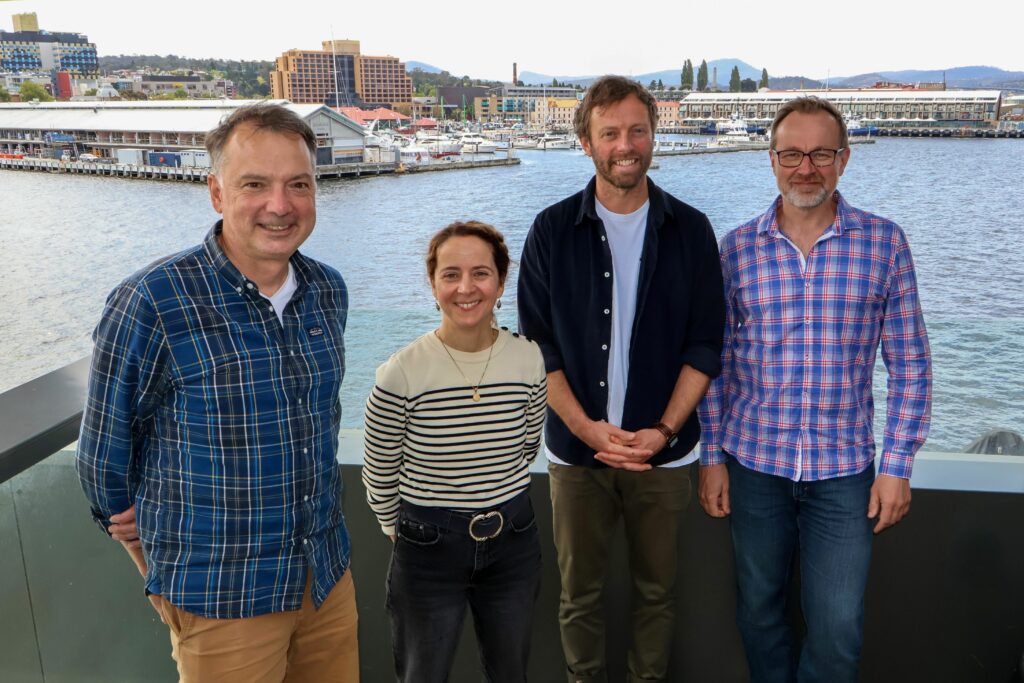Oceanographer calls for deeper Japan-Australia science partnership to address Antarctic climate risks
29 July 2025
An oceanographer and ice-ocean modeller from The University of Queensland (UQ) has made the case for deeper collaboration between Australian and Japanese scientists studying Antarctica and the Southern Ocean.
UQ Research Fellow Dr David Gwyther, supported by the Australia-Japan Foundation, addressed a public symposium held by the Science Council of Japan in Tokyo on 28 July.
About a hundred people attended the symposium entitled “How will global warming change Antarctica and the Southern Ocean?”, as outdoor summer-time temperatures reached 36oC.

Dr Gwyther has worked the last fourteen years to investigate how the Southern Ocean is melting the Antarctic Ice Sheet and increasing its contribution to global sea-level rise.
“Antarctica is more than a puzzle”, he said. “Antarctica and the surrounding Southern Ocean is a complex system of interlocking moving parts involving the ocean, atmosphere and ice.”
“The Intergovernmental Panel on Climate Change (IPCC) forecasts sea-level rise of up to a metre by 2100 if current emission rates continue.”
“Keep in mind that within one metre of sea-level rise, more than 150 million people are living on between 4-43 trillion dollars-worth of coastal infrastructure.”
“And that the IPCC also points to a low-likelihood high-impact scenario of an additional 75 centimetres of sea-level rise by 2100 if instabilities in the ice sheet cause rapid and runaway ice loss.”
“The ‘low’ likelihood should actually be ‘unknown’ likelihood, because we don’t know where, when and how these ice-sheet collapses could kick in.”
“We need deeper scientific collaboration to build system-wide understanding that addresses this unknown part and fills in the knowledge gaps”, he said.
Against a history of 60 years of cooperation between Australia and Japan in Antarctic affairs, Dr Gwyther said the spectre of extreme climate-related shifts in the icy continent called for the two nations to combine their scientific strengths.
“Australia has a small but influential community of ice-sheet/ocean researchers, spread out between Brisbane, Canberra, Sydney, Melbourne, Adelaide and Hobart.”
“But we don’t have enough scientists to resolve the urgent uncertainties in the climate and ice-ocean models. Almost all ice-sheet/ocean researchers in Australia are on fixed-term contracts.”
“We should join forces with Japanese science agencies to boost our collective brainpower.”
Dr Gwyther proposed several key potential ways to collaborate:
- Joint fieldwork on the ocean and ice sheet, combining expertise and equipment with logistical support such as ships
- Share supercomputer resources and expertise in model development
- Exchanges of early and mid-career researchers between Australian and Japanese researchers
- Co-development of studies of regions in Antarctica with the greatest potential contribution to rapid global sea-level rise
“The advances we can make together are much greater than we can make individually”, he concluded.

The public symposium was hosted by the Science Council of Japan and co-hosted by National Institute of Polar Research; Australian Antarctic Division; Australian Antarctic Program Partnership; Australian Embassy Tokyo; Japanese Ministry of Education Culture, Sports, Science and Technology; Japan Society for the Promotion of Science; and Antarctic Tasmania of the Tasmanian Government. The symposium preceded the fifth ‘Australia–Japan Workshop on Antarctic Science’ on 29-30 July, funded by the Department of Foreign Affairs and Trade (DFAT) through a grant to the Australian Antarctic Program Partnership (AAPP) from the Australia-Japan Foundation (A-JF).



